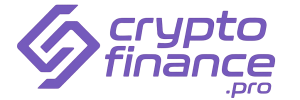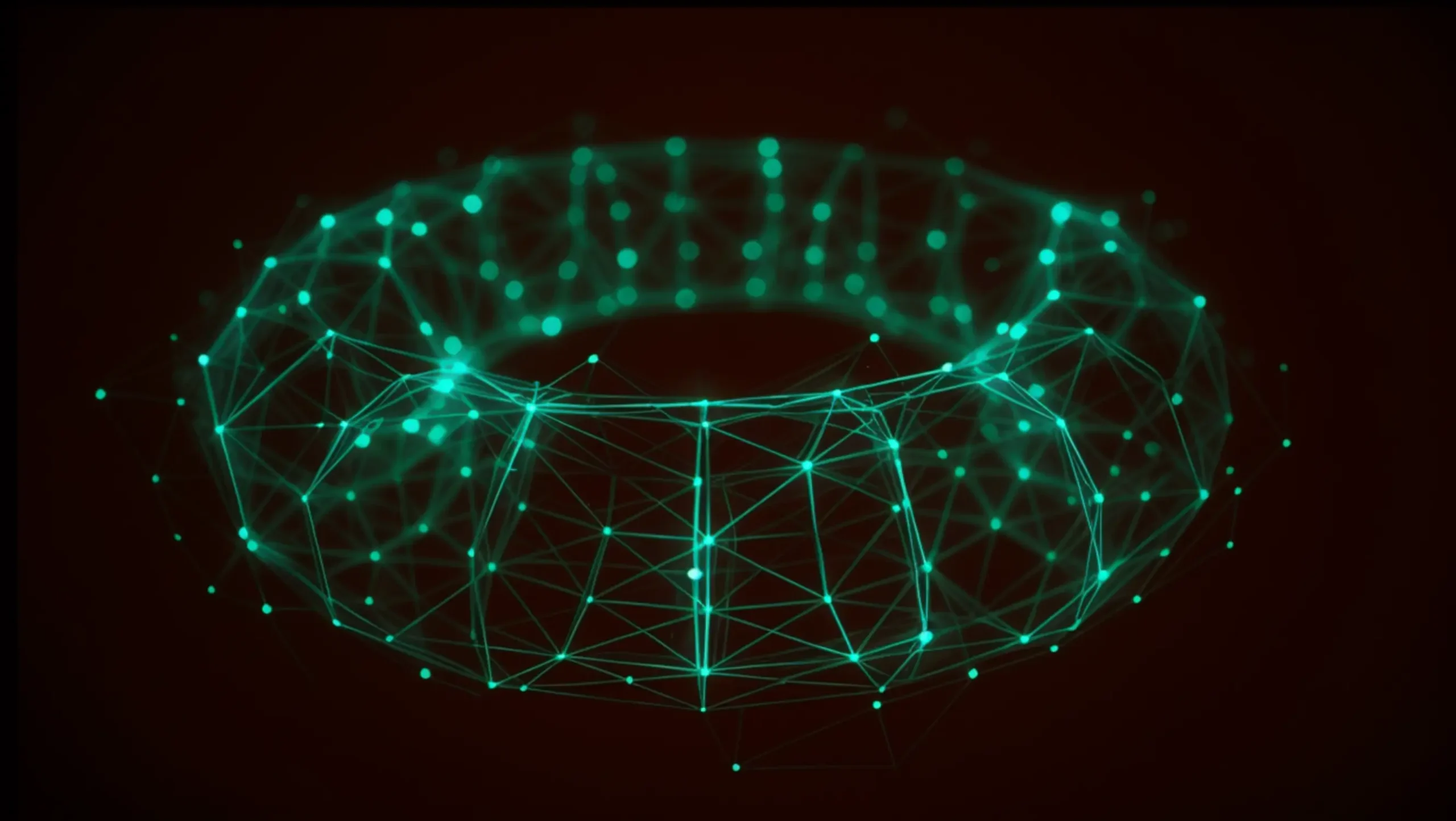How AI Developers Are Using io.net to Reduce Costs Dramatically
In today’s rapidly evolving tech landscape, the utilization of io.net is crucial for AI developers seeking cost-effective solutions. With its decentralized computing model, io.net significantly lowers operational expenses, which is essential for startups aiming to innovate and remain competitive.
Challenges in Traditional AI Development
The traditional model of AI development is often plagued by high operational costs, which can stifle innovation. These costs typically stem from relying on centralized computing infrastructures that face significant latency issues. Developers frequently encounter obstacles in accessing necessary resources, which can further hinder progress and drive up expenses. As industry experts note, the high costs and resource constraints have made it difficult for many startups to thrive in this competitive sector. Without solutions to these challenges, teams are limited in their ability to push the boundaries of AI technology.
The Role of io.net in Decentralized Computing
io.net offers a groundbreaking approach to decentralized computing, which provides a robust response to numerous challenges faced by AI developers. By leveraging a decentralized infrastructure, io.net enhances scalability and reduces latency, making it a game-changer for performance. Developers can now gain access to powerful GPU resources, which leads to improved execution of AI applications. As reported, this decentralized method translates into substantial cost savings that can reach up to 90% lower than conventional providers, making it feasible for more businesses to adopt cutting-edge AI technologies (onesafe.io). Ultimately, io.net not only supports performance but also drives affordability, allowing for an accelerated pace of innovation in the AI field.
Current Landscape of GPU Resources for AI Applications
The market for GPU resources dedicated to AI applications is rapidly evolving. Traditionally, resource availability has been dominated by a few providers with high fees and limited access. However, the rise of platforms like io.net is changing this landscape drastically. According to CoinMarketCap, io.net has the capability to create clusters of tens of thousands of GPUs, whether co-located or geo-distributed, while maintaining low latency.
This shift to decentralized models not only enhances accessibility but also lowers costs for developers. For instance, the recent advancements in GPU technology contribute significantly to reducing the barriers for AI developers. By availing themselves of these resources, developers can streamline their workflows and reduce operational costs even further, making it easier to innovate in an ever-competitive space.
Blockchain Technology and AI Efficiency
Blockchain technology plays a pivotal role in enhancing the efficiency of AI applications. It brings transparency and accountability to the processes involved, which is vital for building trust in AI systems. By integrating AI with decentralized networks, developers can ensure that the data manipulation and decision-making processes are transparent and auditable.
Moreover, the implementation of blockchain within AI frameworks has a significant impact on operational costs. As highlighted in various reports, using blockchain can streamline operations, thereby reducing AI training costs by 72% compared to centralized alternatives. This aligns perfectly with the goals of firms striving for both efficiency and cost-effectiveness, particularly for startups looking to maximize their ROI while minimizing expenditure. The symbiotic relationship between blockchain and AI marks a new era of operational excellence in the tech industry.

Major Partnerships Supporting io.net
io.net has formed strategic partnerships with major players in the industry, such as NVIDIA and OpenAI, which amplify its market presence and technological capabilities. These alliances are essential for providing enhanced GPU resources and innovative solutions that drive down costs and improve service delivery. As it stands, io.net now operates over 10,000 nodes globally, significantly increasing its computational power to 450 petaFLOPS. This kind of infrastructure bolstered by collaboration fosters familiar environments for companies looking to implement their AI solutions (gate.com).
The value added through these partnerships not only impacts pricing but also broadens the scope of services that io.net can offer, positioning it as a formidable player in the competitive landscape of AI development.
Steps for AI Developers to Leverage io.net
For AI developers looking to capitalize on the benefits of io.net, several practical steps can be implemented. First, they should begin by familiarizing themselves with the decentralized computing environment that io.net provides. Starting this journey involves:
– Integration of io.net into existing projects: Developers should assess how their applications can transition to utilize the efficiency of decentralized systems.
– Maximizing resources: It’s crucial to take full advantage of the GPU resources available through the io.net platform.
– Continuous learning: Staying updated with new technologies and trends in decentralized computing will also aid in unlocking new possibilities.
Developers can further explore resources available through io.net, ensuring they are making informed decisions that lead to effective transitions. The future of AI development looks promising with io.net, as it empowers developers to innovate without the financial constraints traditionally associated with high computational demands.
In summary, the integration of io.net into the AI development ecosystem not only addresses longstanding challenges but also opens new frontiers for innovation, pushing costs down and operational efficiency up.


